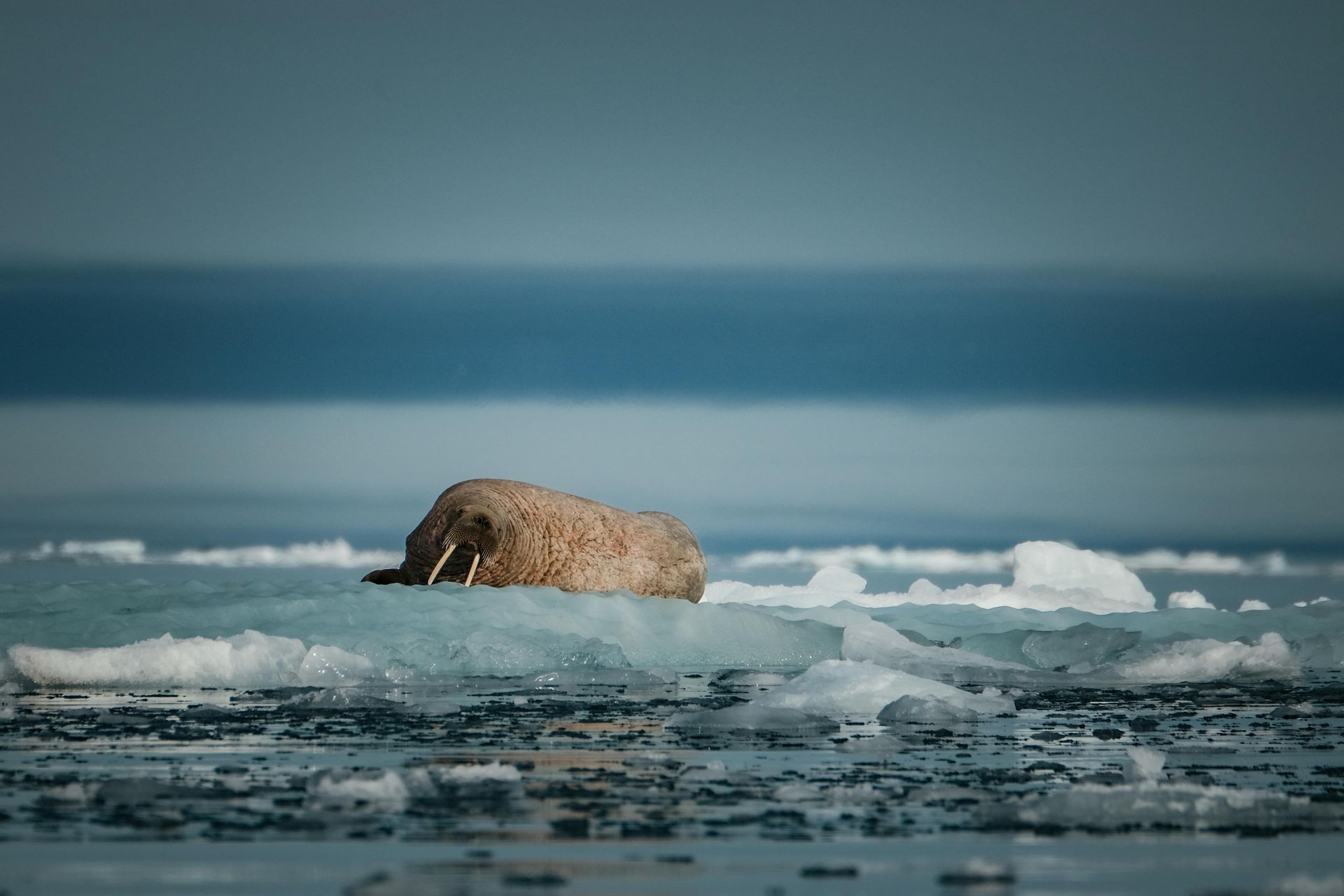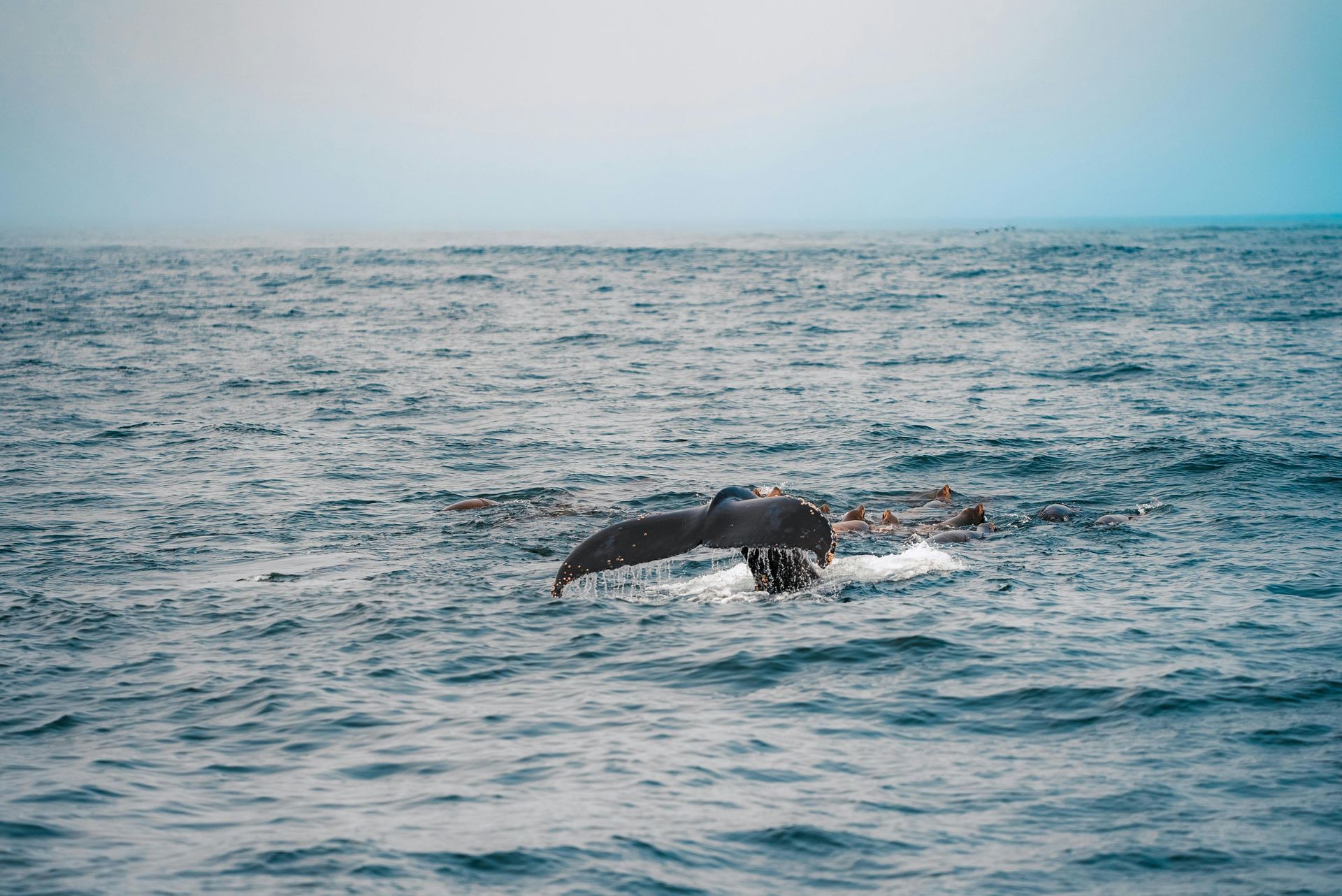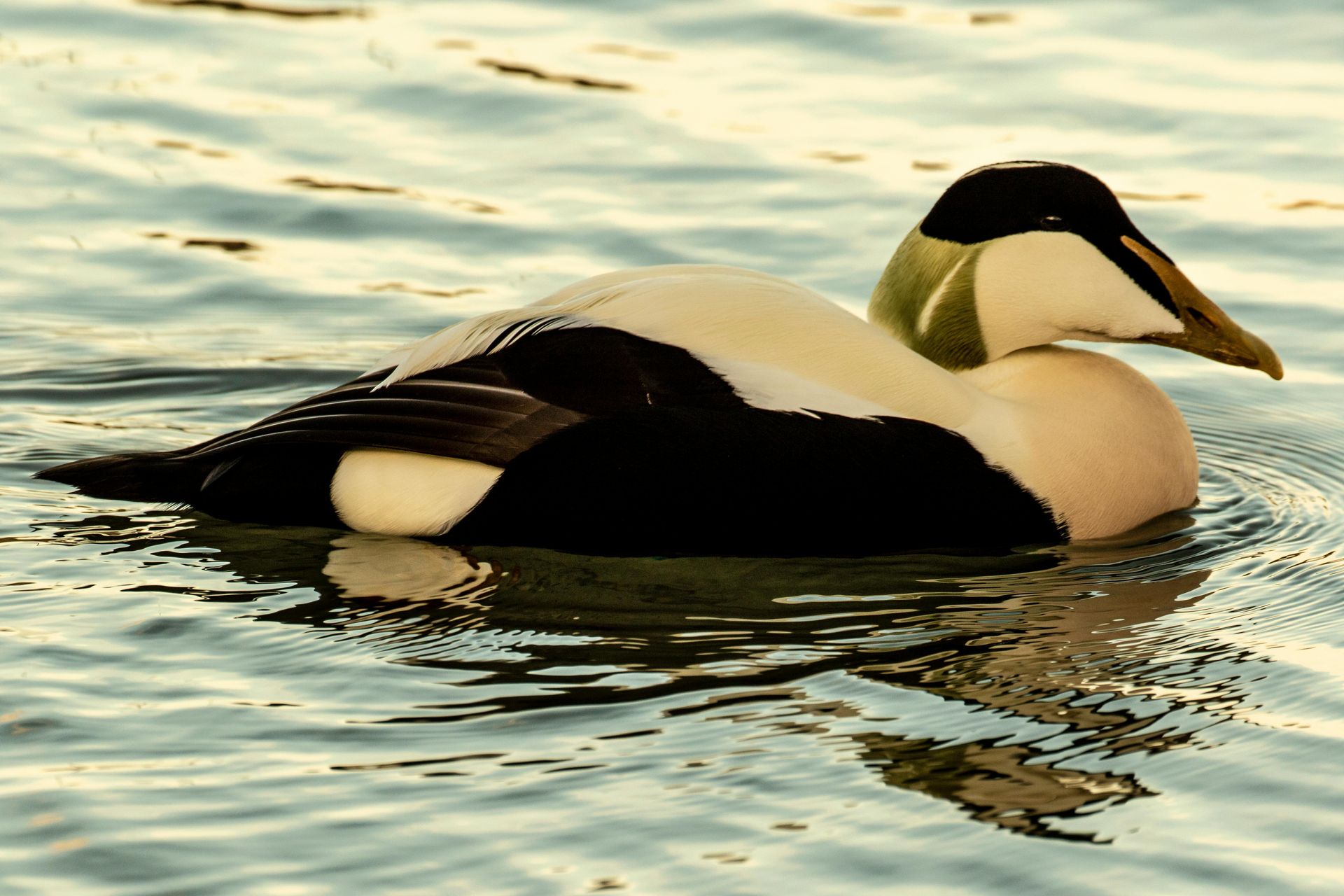Spitsbergen History for Dummies: A Journey Through Time
Spitsbergen History for Dummies: A Journey Through Time

Spitsbergen, the largest island in the Svalbard archipelago, has a rich and fascinating history that spans centuries of exploration, exploitation, and scientific discovery. This remote Arctic island has attracted explorers, hunters, and scientists, each leaving their mark on its history. Understanding the historical context of Spitsbergen provides a deeper appreciation for its cultural and environmental significance.
The history of human activity in Spitsbergen dates back to the early 17th century when Dutch explorer Willem Barentsz first discovered the archipelago in 1596. His exploration marked the beginning of European interest in the region, leading to a series of expeditions by various nations. The name Spitsbergen, meaning "pointed mountains" in Dutch, reflects the dramatic and rugged landscape that Barentsz encountered.
In the 17th and 18th centuries, Spitsbergen became a hub for whaling, with Dutch, English, and later Danish and Norwegian whalers setting up seasonal whaling stations. The rich hunting grounds of the Arctic seas attracted these early whalers, who were primarily interested in the valuable whale oil and baleen. The whaling industry had a significant impact on the local environment, leading to the decline of whale populations and altering the ecological balance of the region. The remnants of these early whaling stations can still be seen today, providing a tangible link to Spitsbergen's past.
The late 19th and early 20th centuries saw a shift in focus from whaling to mining. The discovery of coal deposits on Spitsbergen led to the establishment of several mining towns, including Longyearbyen, Barentsburg, and Pyramiden. These settlements grew rapidly, attracting workers from various countries. The mining industry played a crucial role in the development of infrastructure and the establishment of permanent communities on the island. The boom and bust cycles of the mining industry are reflected in the rise and fall of these settlements, with some becoming ghost towns while others continue to operate today.
During the early 20th century, Spitsbergen also became a focal point for Arctic exploration and scientific research. Expeditions from various countries, including Norway, Sweden, and Russia, ventured into the Arctic to conduct scientific studies and explore the uncharted territories. The archipelago's strategic location made it an ideal base for these expeditions, contributing to significant advances in our understanding of the Arctic environment. The legacy of these early explorers is preserved in the numerous scientific stations and research facilities that continue to operate in Spitsbergen.
The geopolitical status of Spitsbergen was formalized with the signing of the Svalbard Treaty in 1920. The treaty recognized Norwegian sovereignty over the archipelago while allowing other signatory nations to engage in commercial activities and scientific research. This unique legal framework has shaped the development of Spitsbergen, balancing national interests with international cooperation. The treaty remains a cornerstone of Spitsbergen's governance, ensuring that the region remains a demilitarized and environmentally protected area.
World War II brought significant challenges to Spitsbergen, as the archipelago became a strategic point in the Arctic theater of war. The islands were evacuated, and the settlements were subjected to military operations by both Allied and Axis forces. The war left a lasting impact on the region, with remnants of military installations and equipment still visible today. The post-war period saw the gradual rebuilding of the settlements and the resumption of commercial activities.
In recent decades, Spitsbergen has increasingly become a center for scientific research and environmental monitoring. The unique Arctic environment provides valuable insights into climate change and its global impacts. Research stations such as the Norwegian Polar Institute and the University Centre in Svalbard (UNIS) attract scientists from around the world, contributing to a growing body of knowledge about the Arctic. The preservation of Spitsbergen's natural environment has become a priority, with strict regulations in place to protect its unique ecosystems.
Tourism has emerged as a significant industry in Spitsbergen, drawing visitors from around the world to experience its stunning landscapes and rich wildlife. The combination of historical sites, natural beauty, and unique Arctic experiences makes Spitsbergen a popular destination for adventure travelers and nature enthusiasts. The history of Spitsbergen, from early exploration and whaling to mining and scientific research, provides a fascinating backdrop to the modern-day experience of this remarkable island.
Understanding the history of Spitsbergen enriches the experience of visiting this remote Arctic region. The stories of explorers, whalers, miners, and scientists who have braved the harsh conditions to uncover the island's secrets are woven into the fabric of Spitsbergen's identity. This historical context adds depth and meaning to the breathtaking landscapes and unique wildlife that define Spitsbergen today, offering a comprehensive and engaging perspective on one of the world's most extraordinary places.












